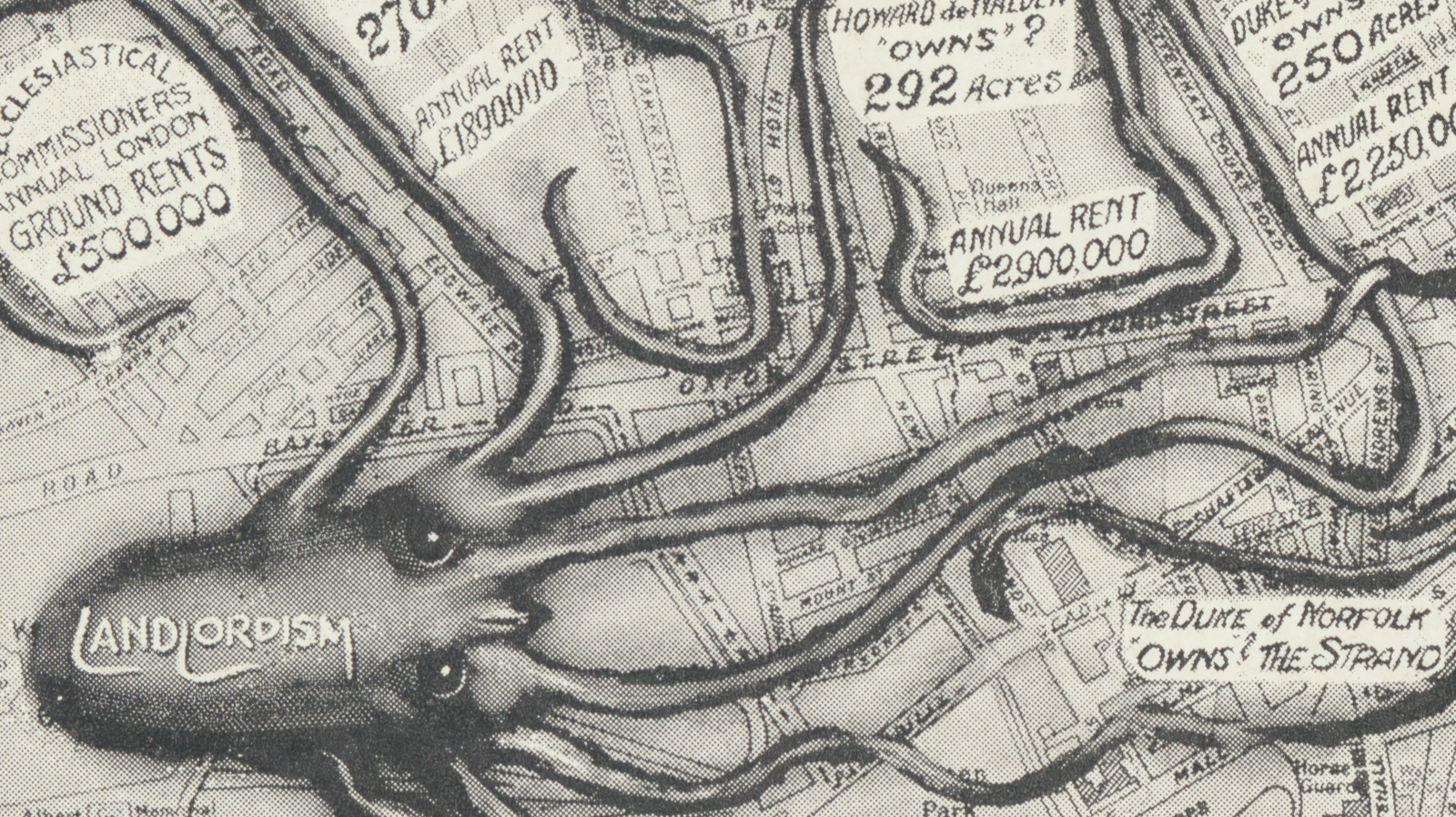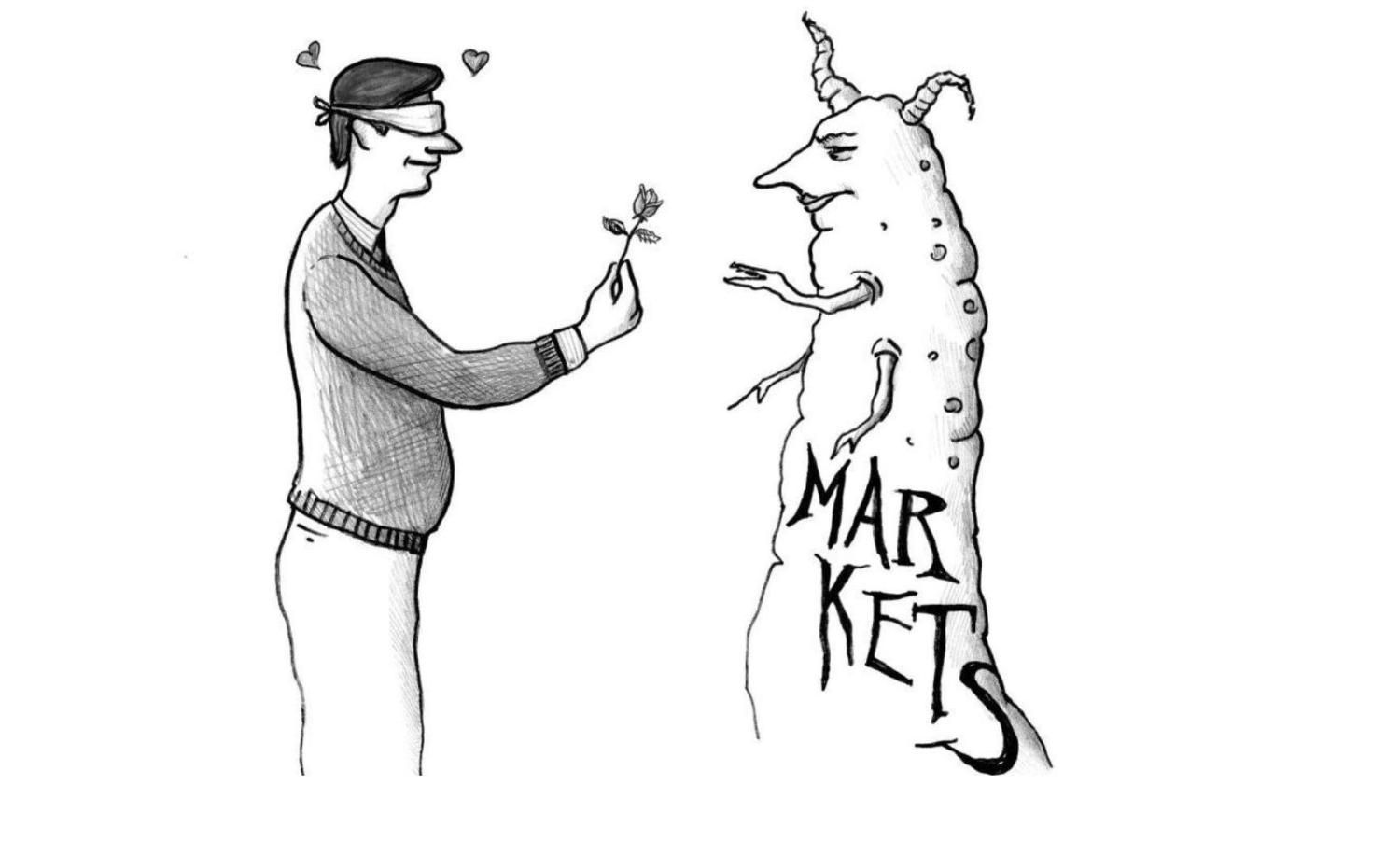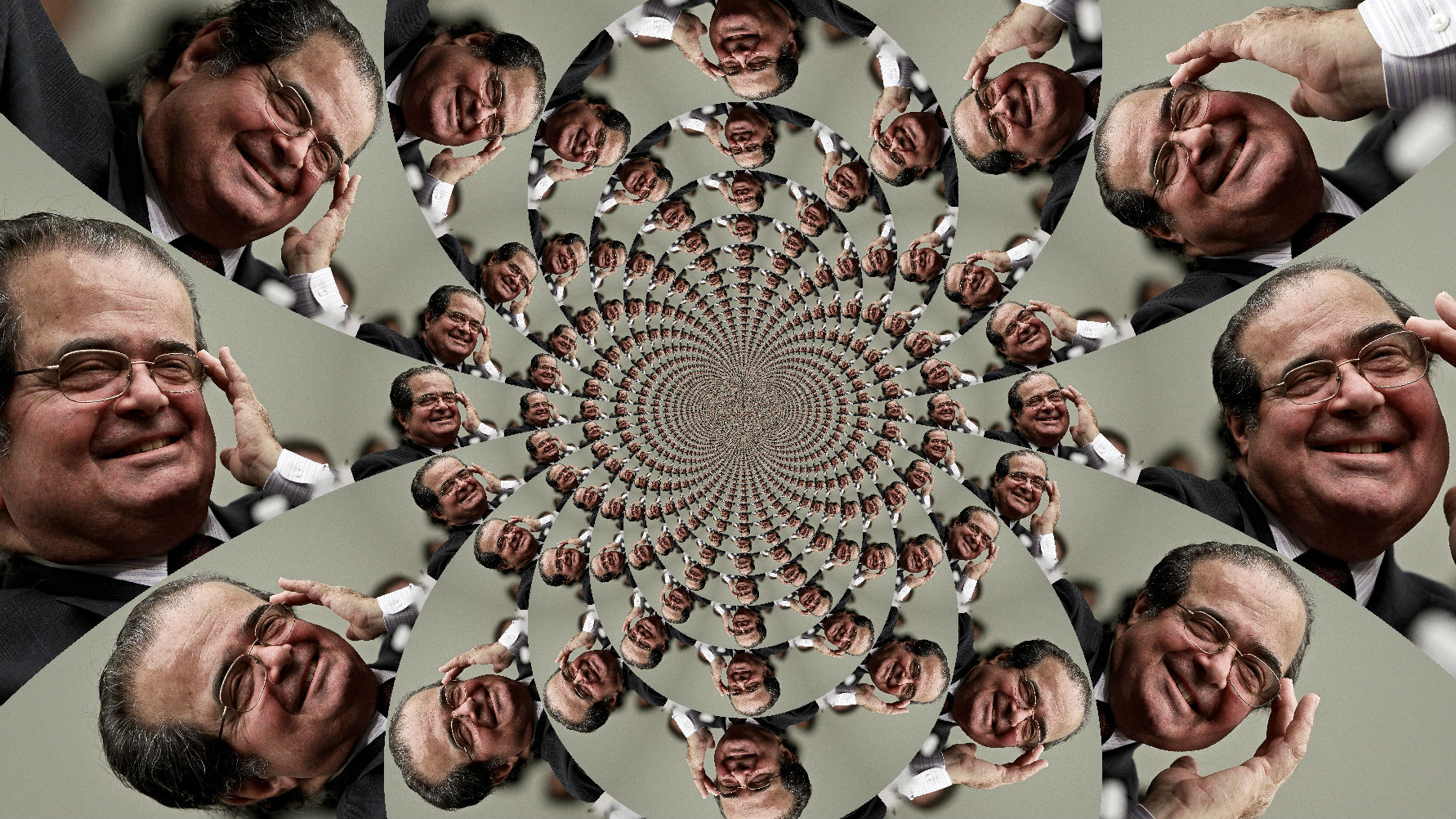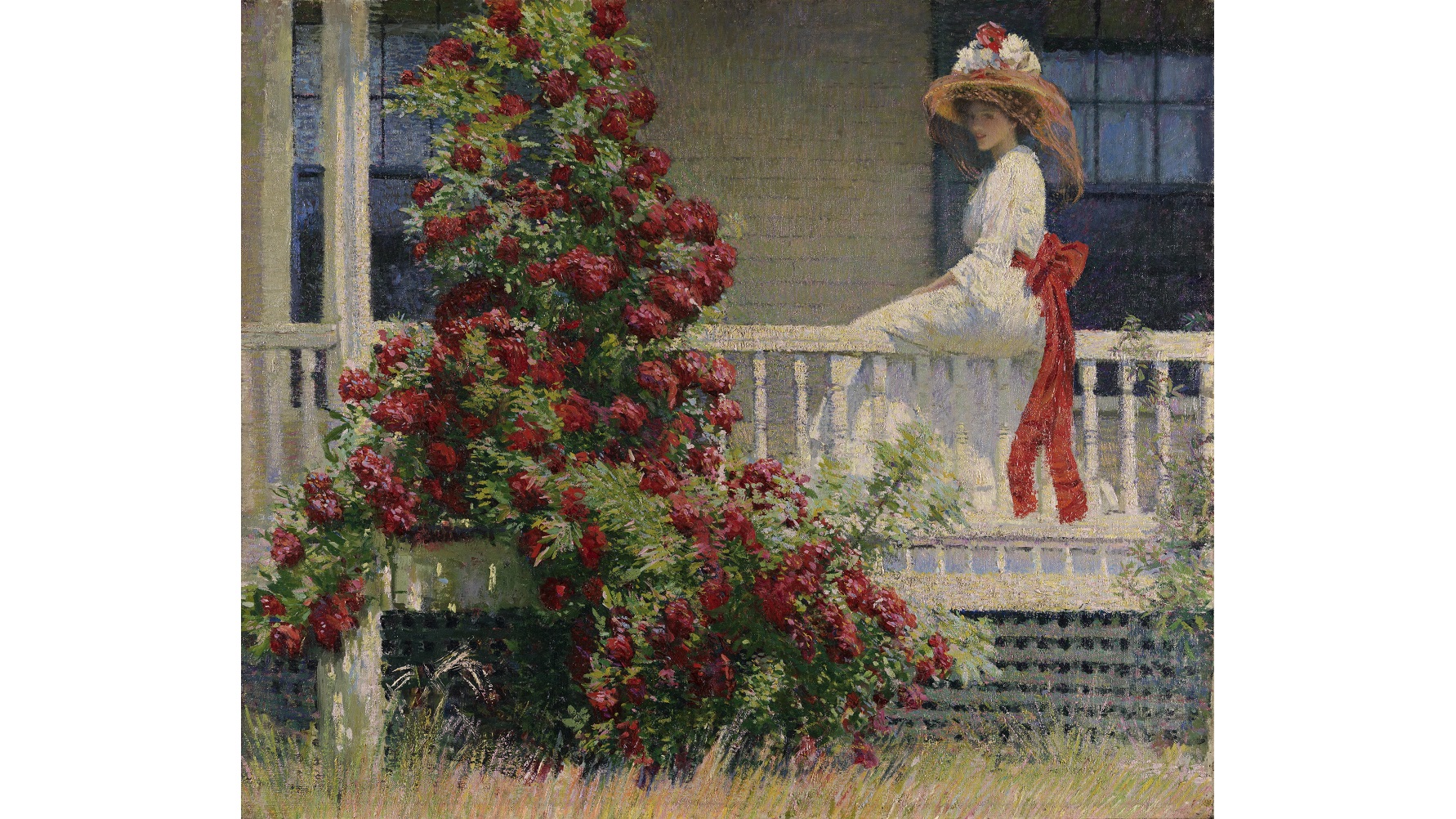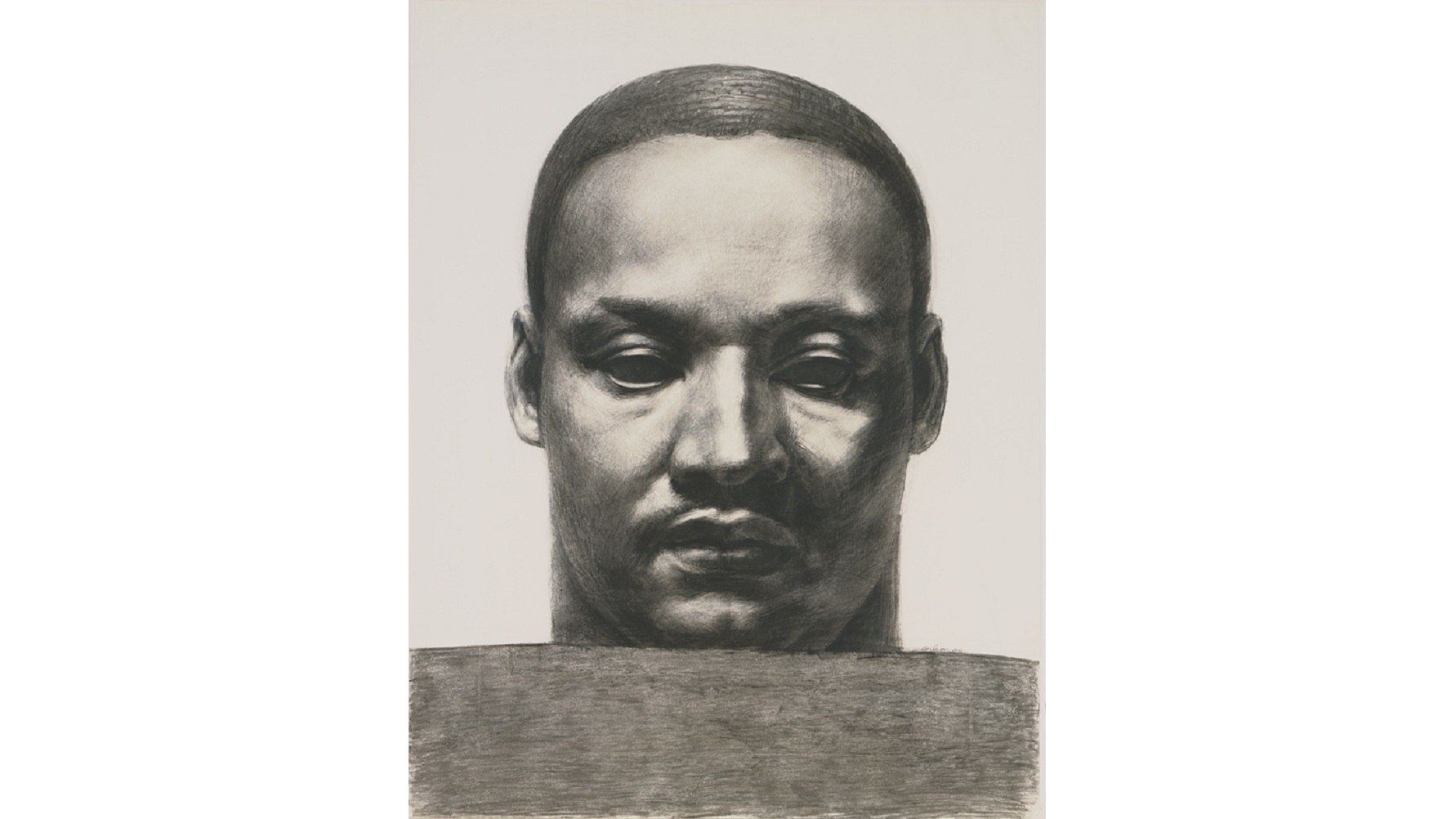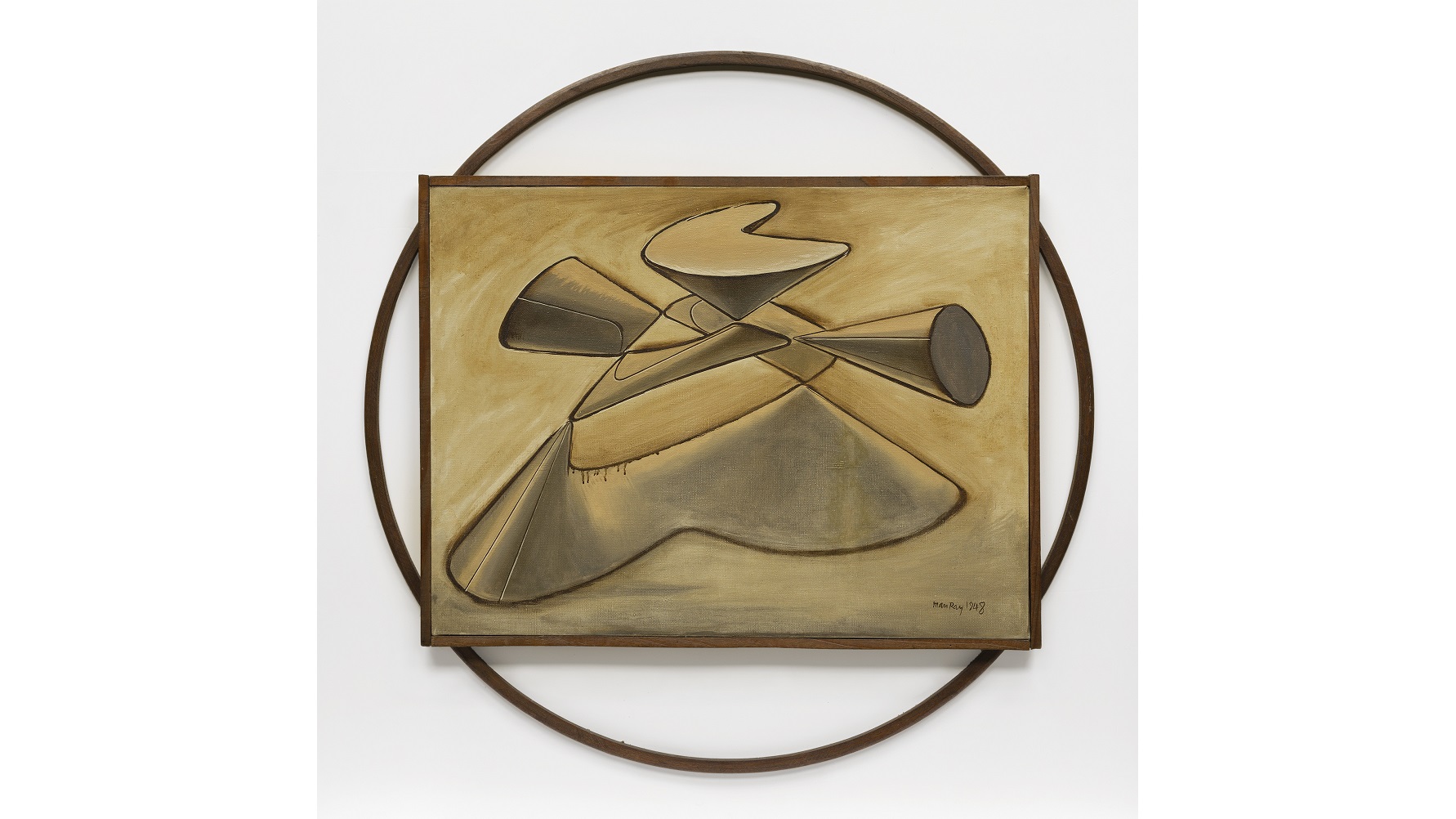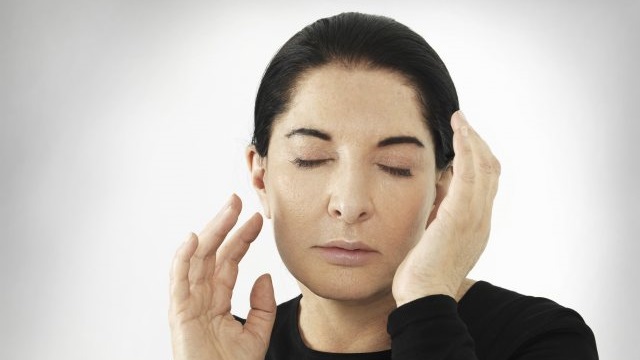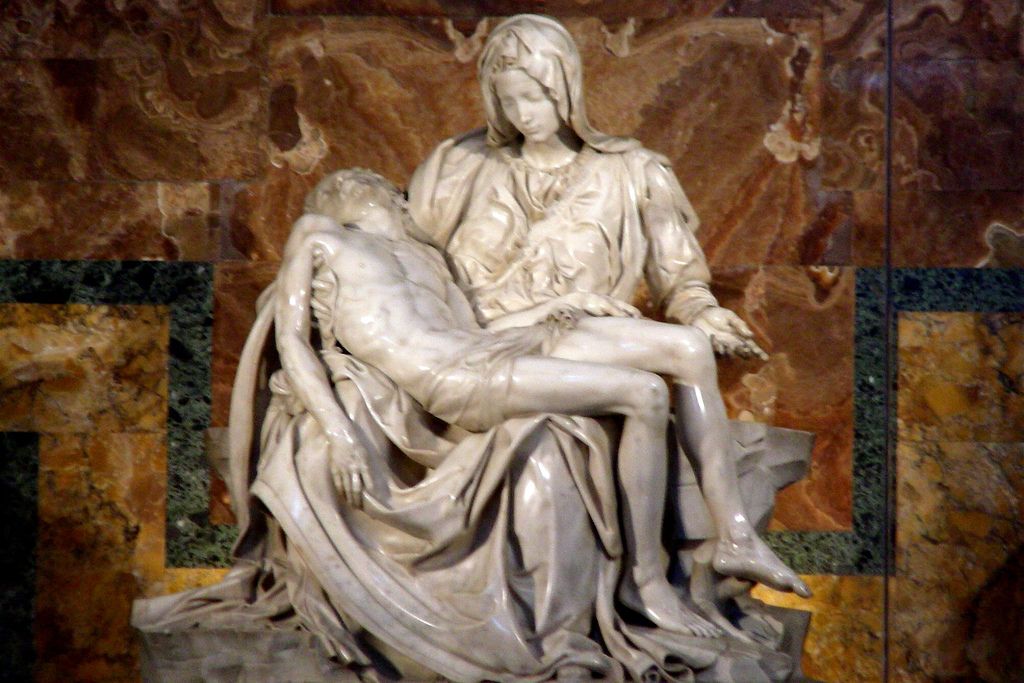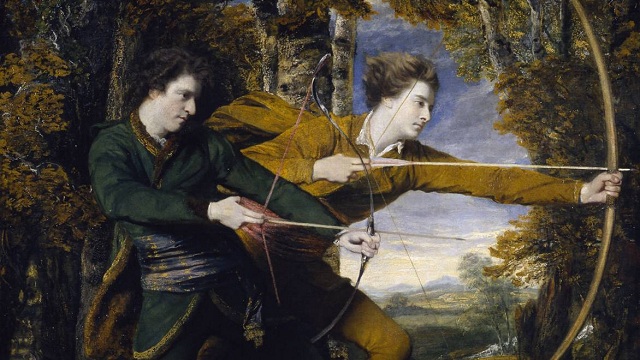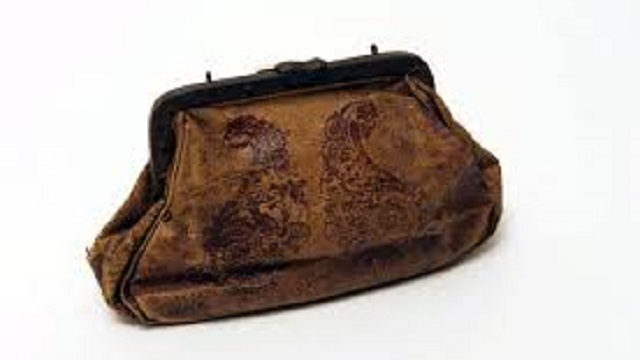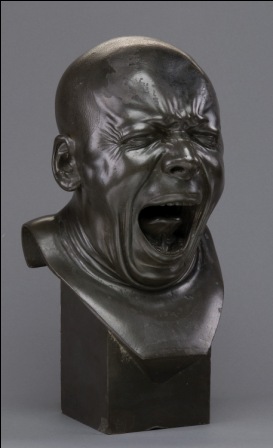A handful of noble families own large tracts of the British capital – and have done so for centuries
Search Results
You searched for: Joseph Williams
A recent study in neurotheology states religious experiences might have helped our brain evolve.
Much news on the Internet is very similar to the dangerous “yellow journalism” of history.
Many market lovers hate what their love needs to work. An incomplete logic has them in its spell, blinding them to the fact that “invisible hand” cuts both ways.
The final weeks of the 2014-2015 Supreme Court term brought us a bumper crop of quotable lines from the ever-cantankerous Antonin Scalia. Justice Scalia has never been shy on the bench, but as he approaches the end of his third decade on the court, he is letting loose to a degree that is surprising even for him. Some say the Ronald Reagan appointee may even be growing a touch unhinged.
Fleeing the Norman Conquest, English émigrés established a now-forgotten New England on the northern shore of the Black Sea.
American Impressionism’s often been seen as a pale copy of the French Impressionism that flowered in the late 19th century. Although American Impressionists early on copied their French counterparts (and even made pilgrimages to Monet’s Giverny garden and home), the exhibition The Artist’s Garden: American Impressionism and the Garden Movement, 1887–1920, at the Pennsylvania Academy of the Fine Arts through May 24, 2015, proves that American Impressionism quickly blossomed into something distinct—and distinctly American—by the turn of the 20th century. Capturing aesthetically a moment of contradictions as American nativism threatened to close borders while women’s suffrage struggled to open doors, The Artist’s Garden demonstrates the power of flowers to speak volumes about the American past, and present.
If you ever saw a spiral galaxy where one side looked darker than another, prepare yourself: now we know why! “With an eye made quiet by the power of harmony, […]
When the Philadelphia Museum of Art purchased Henry Ossawa Tanner’s painting The Annunciation in 1899, they became the first American museum to acquire a work by an African-American artist. That purchase announced a new era of recognition of African-American art and artists just as much as the painting itself announced a new style of art moving away from stereotypical “black” scenes towards a freedom of aesthetic choice. Persons of color could express themselves in any way, even abstraction, but faced the new problem of remaining true to themselves at the same time. The new exhibition Represent: 200 Years of African American Art and accompanying catalogue show how these artists faced the challenges posed to them by art and society and provide all of us with a fascinating guide to facing African-American history—tragic, tenacious, transcendent—through its art.
While advanced math and Shakespeare combine to make a nightmare curriculum for some students, for artist Man Ray, one of the most intriguing minds of 20th century art, they were “such stuff as dreams are made on,” or at least art could be made from. A new exhibition at The Phillips Collection reunites the objects and photographs with the suite of paintings they inspired Man Ray to create and title Shakespearean Equations. Man Ray—Human Equations: A Journey from Mathematics to Shakespeare traces the artist’s travels between disciplines, between war-torn continents, and between media that became not only a journey from arithmetic to the Bard, but also a journey of artistic self-discovery.
How can salmon get upstream when their waters are blocked by dams? You’ve got to see this new innovation! Image credit: William Bain / flickr. “You ain’t supposed to get […]
According to a Pew Research study, if you count people who change from one type of Protestantism to another, “44% of American adults have either switched religious affiliation, moved from […]
The computer scientists and ranking enthusiasts Steven Skiena and Charles Ward used Google’s Page-Rank algorithm to determine the most significant people of all time.
When the Tate Britain recently revealed the latest rehanging of their astounding collection of British art, many long unseen works found a new place in the galleries, but one long-standing […]
Last Sunday, June 23rd, I gave a lecture at the Sanderson Museum in Chadds Ford, Pennsylvania, titled “Art Made Personal: Chris Sanderson and The Wyeth Family.” Below is a summary […]
I’m not sure any of the reader suggestions to replace the deeply unpopular term “redistribution” will quite cut it as bumper sticker slogans for the fall election. But leaving aside proposals from […]
One of the biggest problems with lists is that with lists come labels. A list of African-American artists or women artists already sets them up as different (and perhaps less, […]
I’m eager to join in the “Which five books on a desert island?” game suggested by Big Think editor Dan Honan in a recent post. As a blogger, would-be critic, […]
As regular readers know, I’ve devoted considerable time to writing about the child-molestation scandal engulfing the Catholic church. The core of this story isn’t that there are child abusers within […]
n nMalcolm Gladwell returns to the pages of The New Yorker with a story about “innovation multiples” — independent discoveries or inventions that occurred at the same time, but in […]
Spurred by the growing mass-market acceptance of the Kindle e-book reader and the launch of the 800-pound Espresso print-on-demand machine, the publishing world is continuing to evolve in response to […]
“Though this be madness, yet there is method in’t,” Polonius says in Act 2 of Shakespeare’s Hamlet after an exchange with the title character. After encountering the unique sculpture of […]
The US goes by the motto In God We Trust (but only since 1956, when it replaced the ‘unofficial’ motto, E pluribus unum). A motto (from the Italian word for […]
In the third installment of our new series, The Future In Motion, we sat down with Burt Rutan, famed aerospace engineer and winner of the Ansari X Prize. In this […]
Why does sustainable transit seem like such a far-off dream? Ostensibly obstructed by years of costly R&D, unprecedented political and technological breakthrough, and often some sort of sci-fi revolution, the […]
